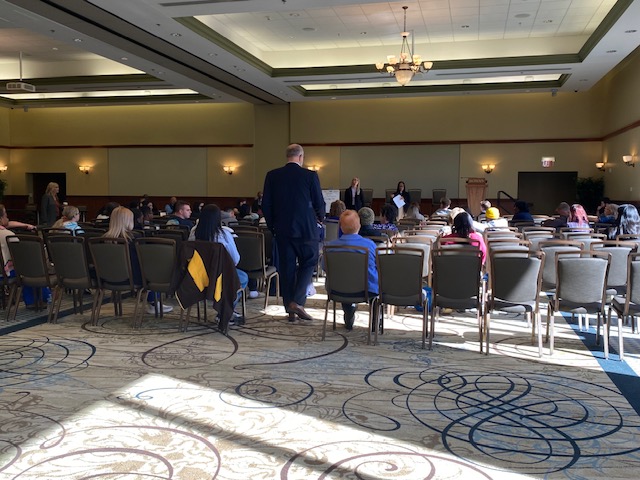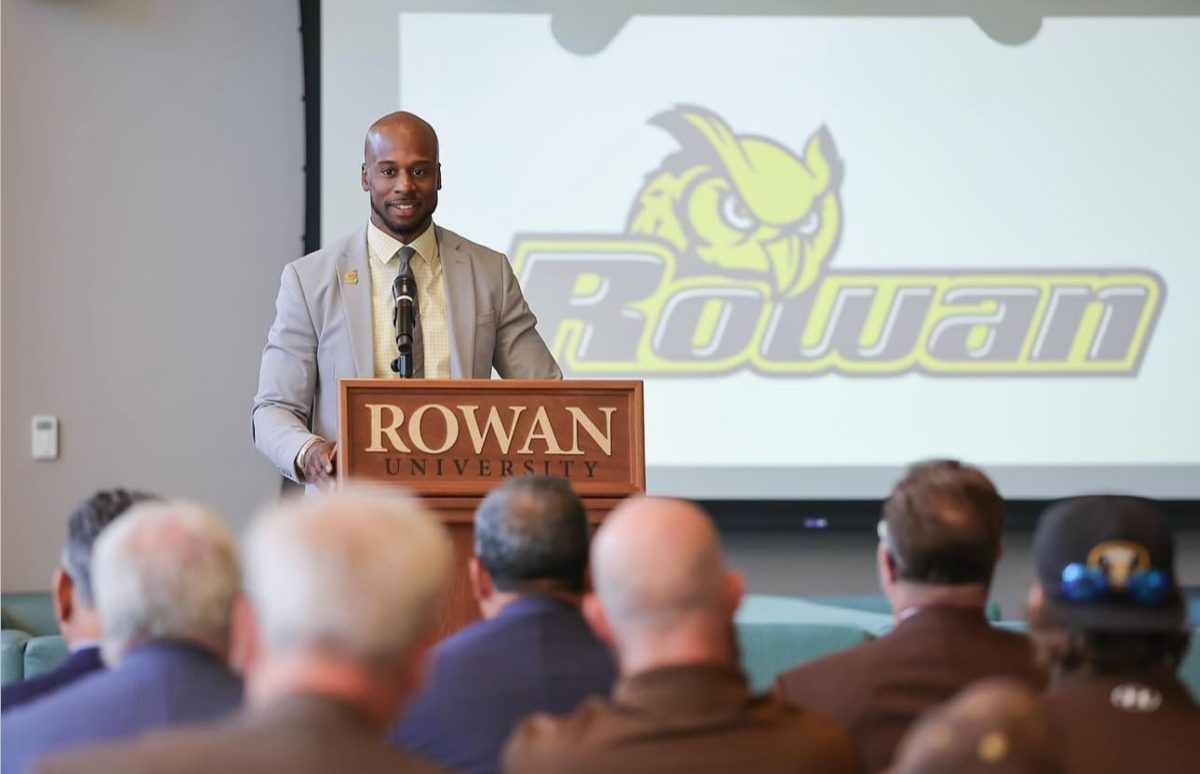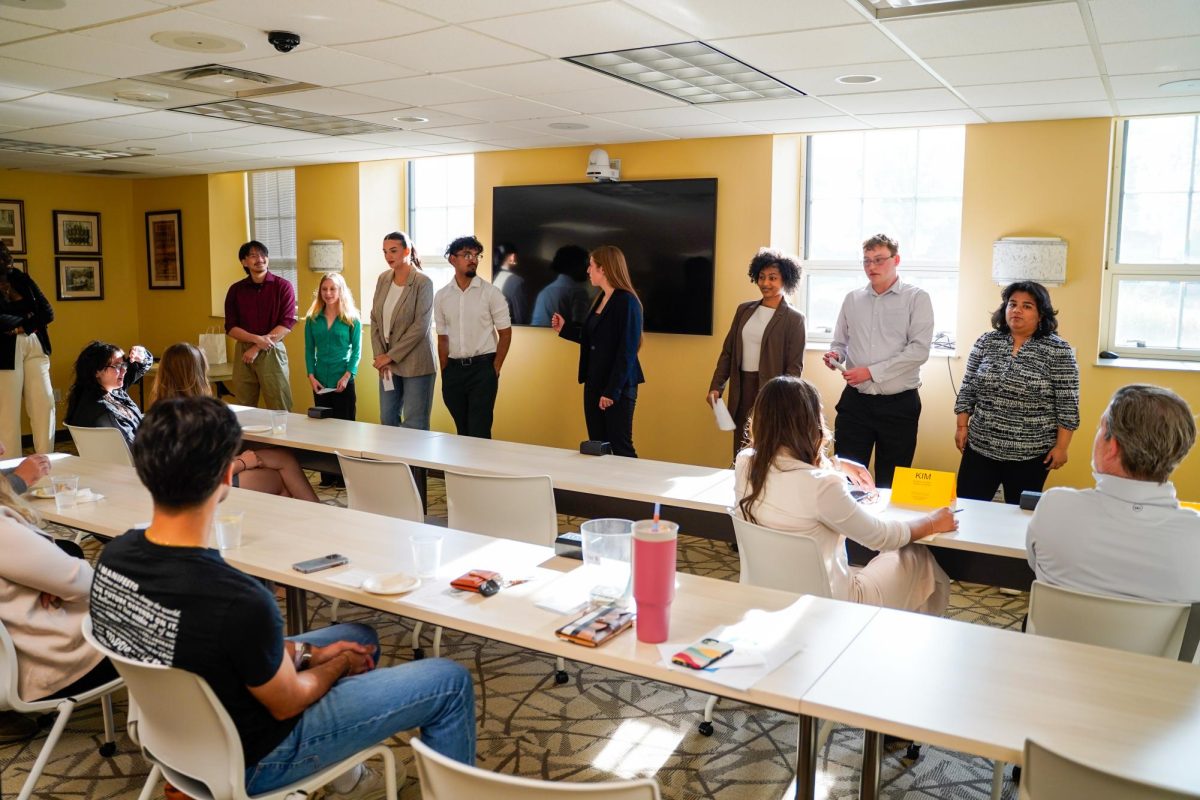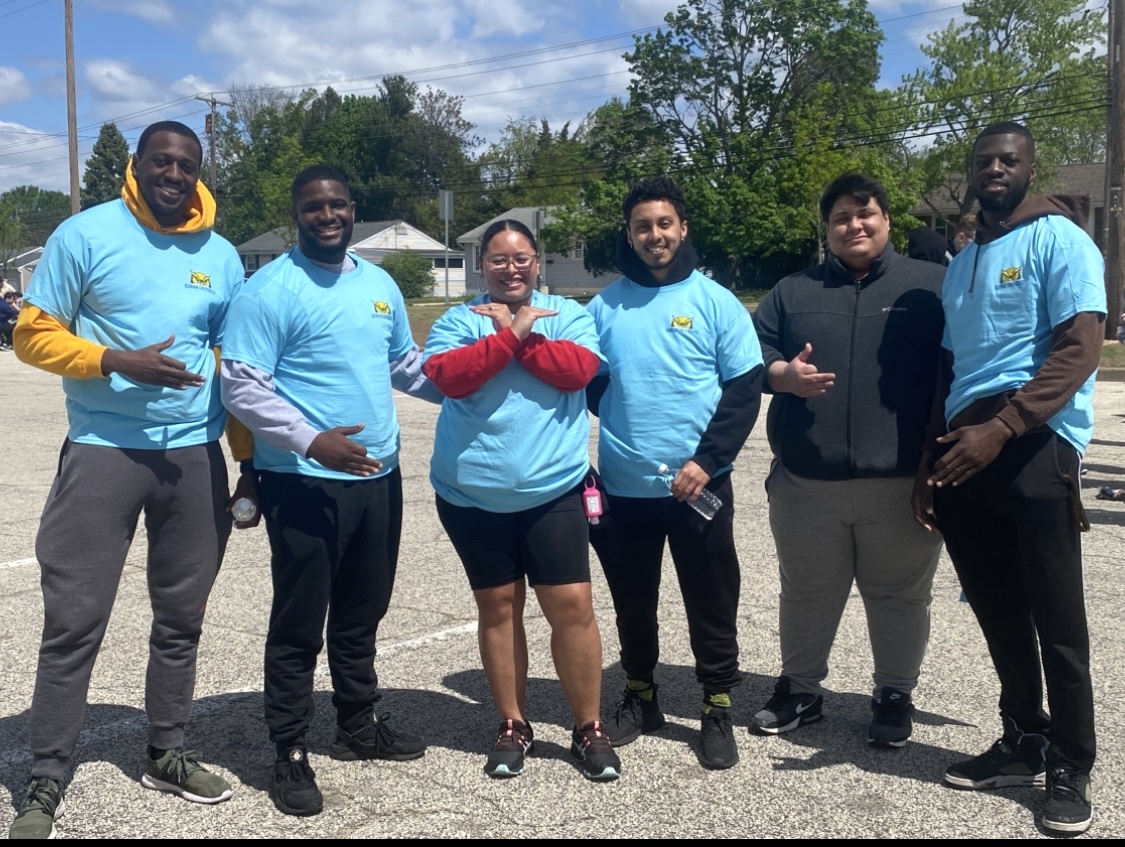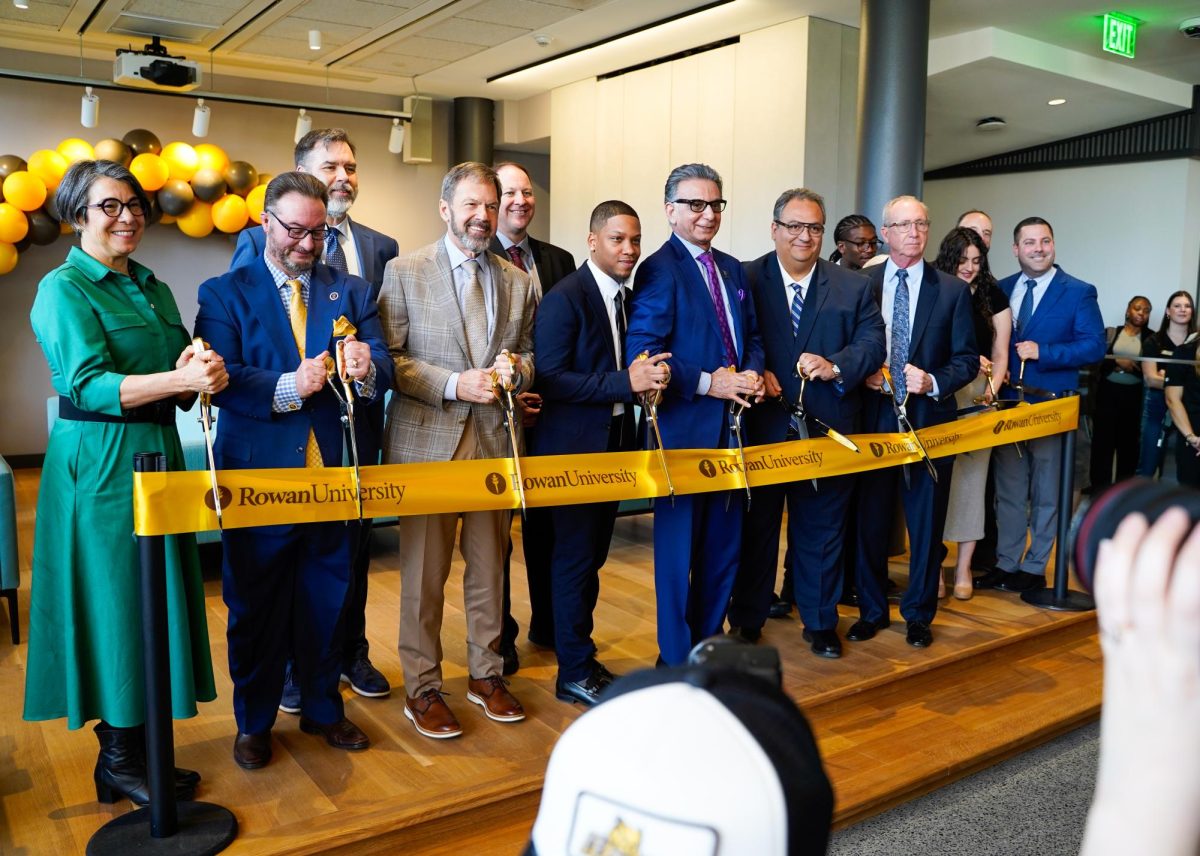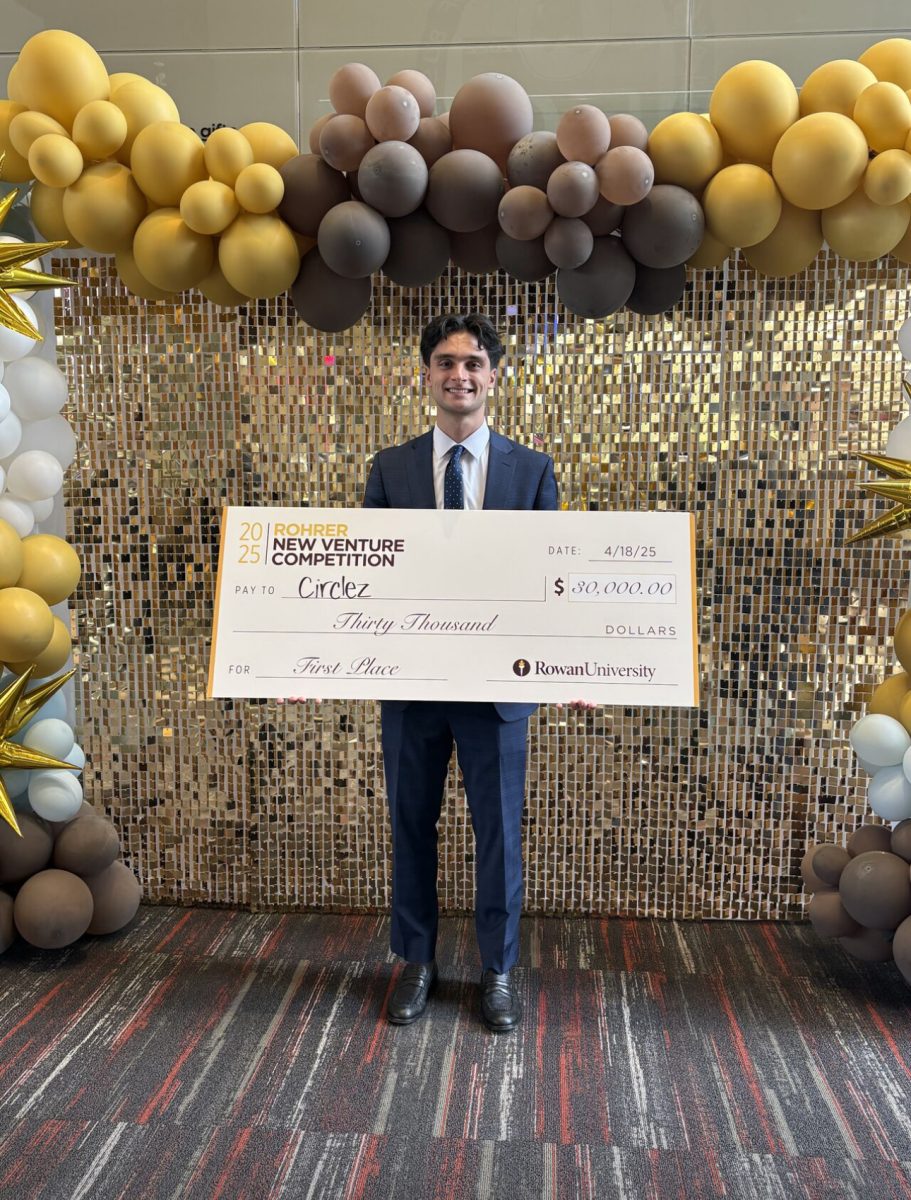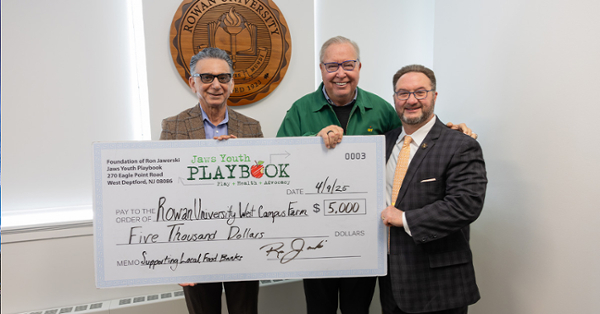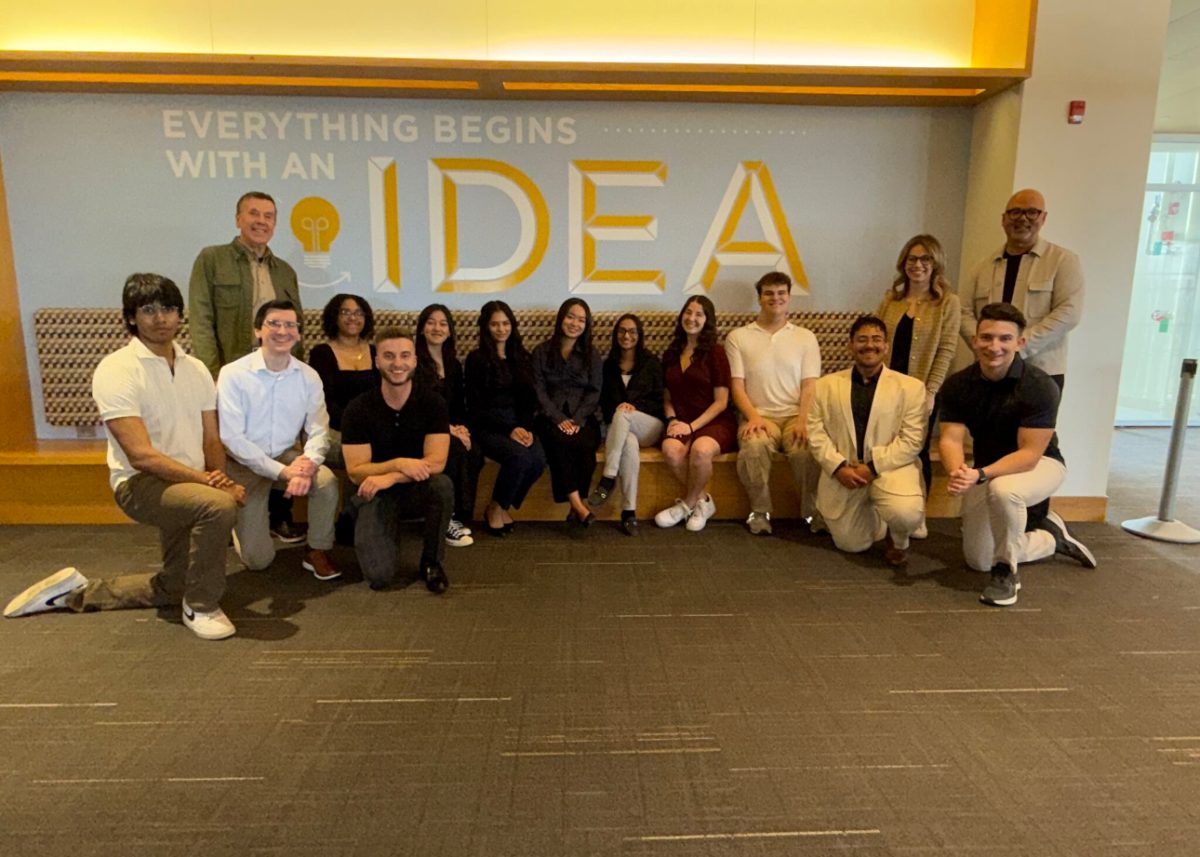On Oct. 17, Rowan students had the experience of what it was like to adapt to society after being released from prison in a prison reentry simulation event.
For many throughout the United States who were formerly incarcerated, adjusting to life inside a prison for so long, then being released and having to try to adapt to civil society in the outside world again can come with extreme difficulties. Having to navigate life again as a member of society without any family support, no finances, or no means of transportation is the reality for many when they are released from prison after years.
According to the American Civil Liberties Union, around 650,000 American citizens who have been incarcerated leave prison and return to the communities they were a part of before entering the prison system.
About half of these people will return to prison within a few years. Recidivism rates, or the tendency for those convicted of crimes to commit a crime again and be re-entered into the system, is high and only rises over the course of the person being out of prison for 10 years, according to the Bureau of Justice Assistance.
The rate of recidivism within one year is 43%, and that percentage rises every year, to a recidivism rate of 82% within 10 years of release from prison.
Though being a simulation, it is a reality for millions. Rather than having to face the hardship of figuring out how to navigate their way through society again and adapt to the way of life they once knew that has now become foreign, many end up returning to prison, sometimes willingly and sometimes through making illegal choices that they feel are their only options.
The simulation during the event was split up into four weeks. The student participants were given a packet that was made to represent a wallet and inside contained an identity sheet that included information about the person’s criminal history and their living circumstances.
Inside the wallet also contained a “Life Card” that detailed the tasks the participant must complete to try to reintegrate back into society. The participants moved throughout different tables that were set up as stations that included places to represent a medical clinic, courthouse, career office, quick loan location, and pawn shop.
All of these mock locations were chosen to represent the places that would help individuals navigate back to civil society and what life was like prior to entering prison.
Along the way, some participants were sent back to prison, as some were not able to pay their dues, like child support but used their available finances towards other expenses that were assigned to them when they were released.
Some participants had difficulties along the way during the simulation, as some had a hard time obtaining a job because they failed their drug test, for example.
One table in particular that was present for participants to engage with was called the “Chance Table.” This table was run by student Infinity Pritchett, a sophomore Law and Justice major, who had the table set up for participants to go there if they had no means of making income in a manner suitable to broader, legal society.
Participants could pick a crime, like robbing a bank or other property crime, and the effect would be either to return to prison or get a certain amount of money. Taking a chance.
“Sometimes that actually happens, where the ex-incarcerated feel like there is no other way and need to stick to their roots where they know and can testify that the way they are used to is successful. So, taking a ‘chance’ is what the table is about/for,” said Pritchett.
The simulation was run by the director of the Reentry and Prevention Program, Cynthia Zuidema, and Mia Lamb, who is the Reentry Community Outreach Specialist. Both of the event coordinators are a part of the U.S. Department of Justice at the United States Attorney’s Office and wanted to highlight to the participants the reality of the struggles people face daily once they are released from prison and enter back into civil society.
Associate professor in the Department of Law and Justice Studies, Christine Saum, PhD along with Kimberly Houser, PhD attended a Reentry Simulation event last year and wanted to bring that experience to Rowan.
“Our hope was that the reentry simulation participants would leave with a better understanding of the difficulties faced by those returning home from prison. Based on what we observed and the feedback we received, this goal was successfully accomplished,” said Saum.
After the simulation, there was a time to reflect on what the experience was like for the participants. Many of the participants had to re-enter prison after having difficulties like paying child support, failing drug tests, not being able to endure the reality of entering civilian life again after being adjusted to prison for such a long period of time, and various other struggles faced by those in the real world every day.
Student Melanie Rodriguez, a senior political science major found the experience more difficult than she expected.
“I am a very competitive person so I was ready to complete every week. The hardest part was not having enough money or time to do or get to the different stations,” said Rodriguez.
For comments/questions about this story DM us on Instagram @thewhitatrowan or email [email protected]





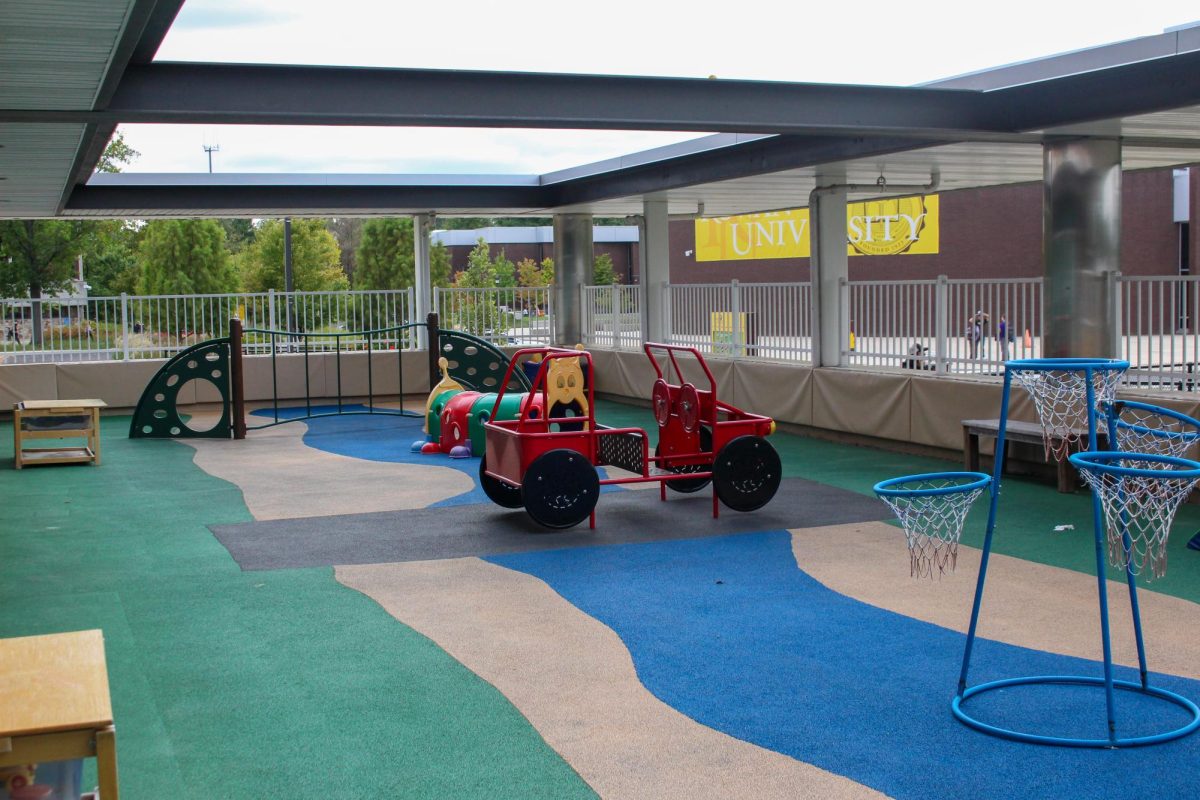

















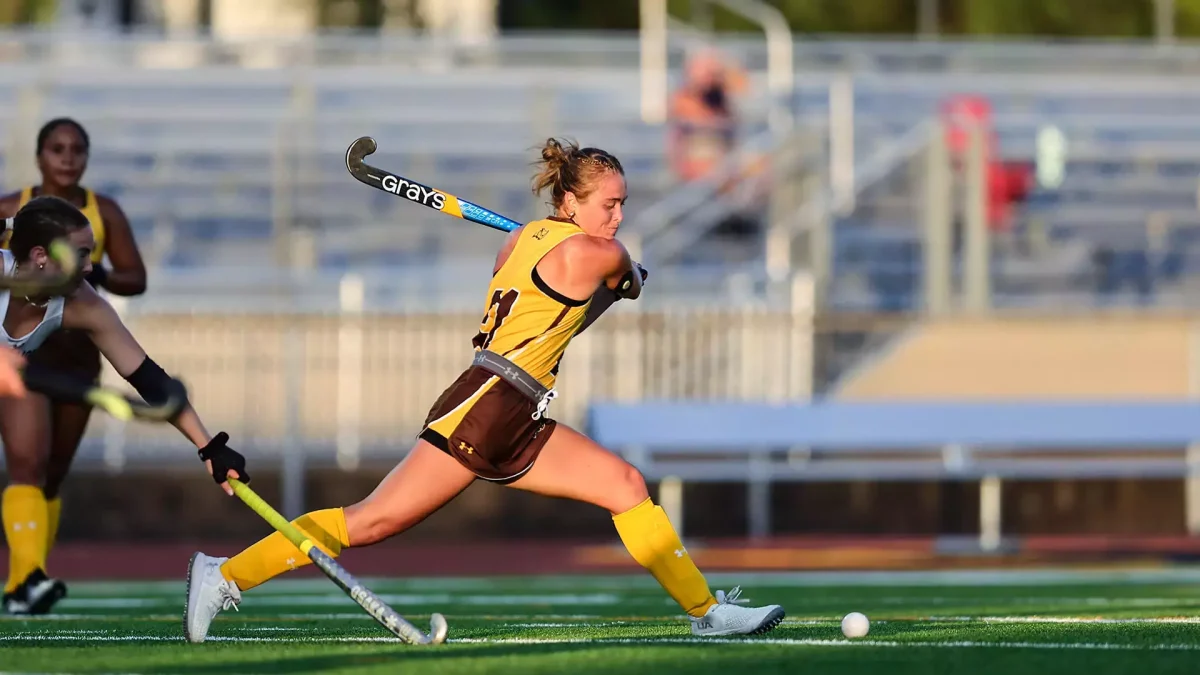








































































































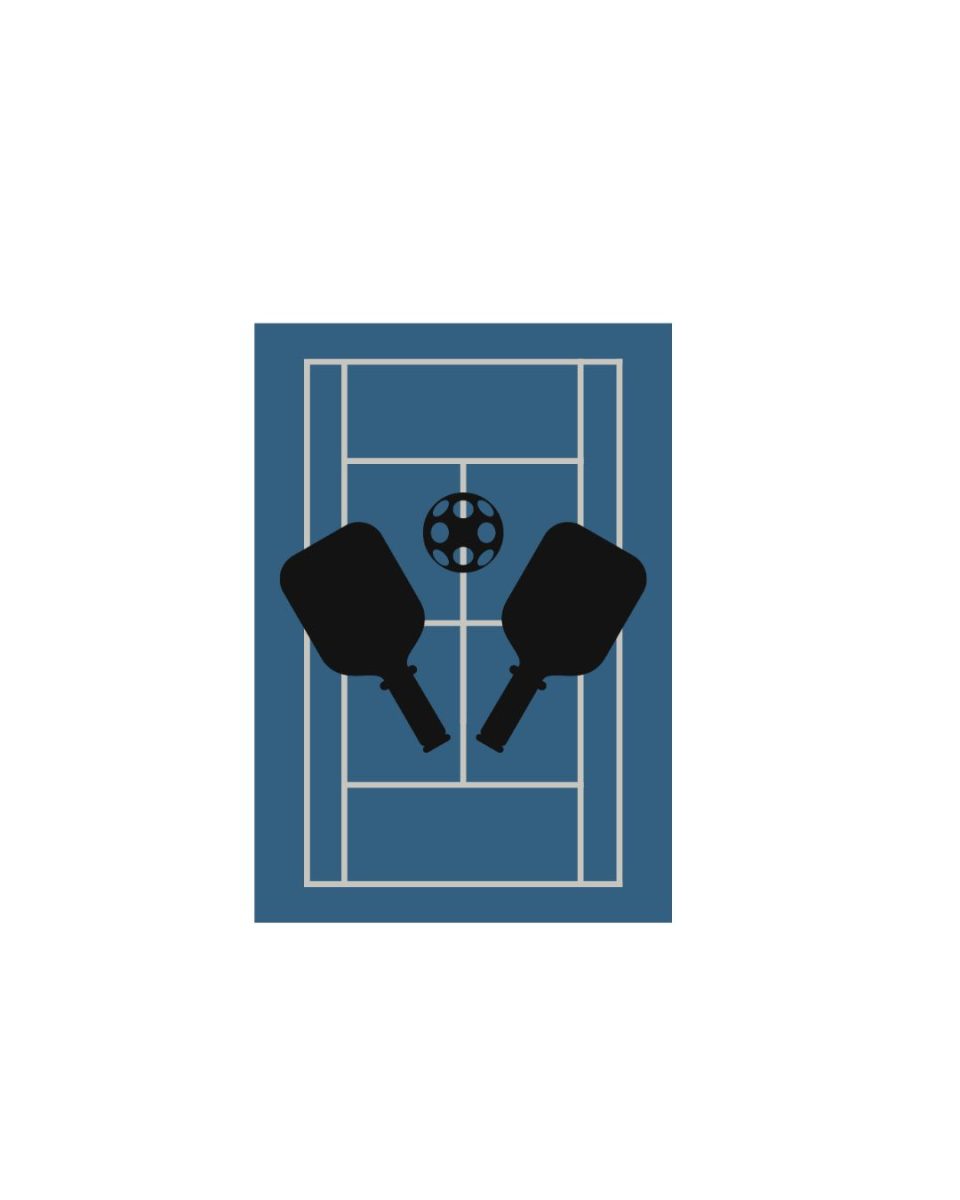
























!["Working with [Dr. Lynch] is always a learning experience for me. She is a treasure,” said Thomas. - Staff Writer / Kacie Scibilia](https://thewhitonline.com/wp-content/uploads/2025/04/choir-1-1200x694.jpg)








































